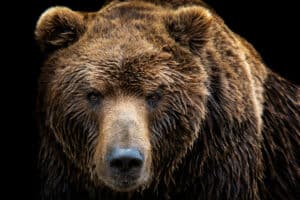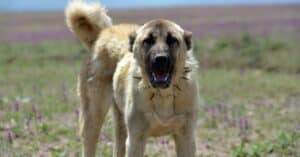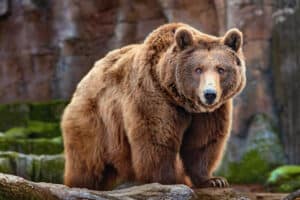The polar bear (Ursus maritimus) is both the largest and most aquatic of the world’s eight living bear species. Unfortunately, six of these eight species currently face an extinction threat, and the polar bear is one of them. Find out how many polar bears we think live in the world, along with current conservation statuses and top threats to survival.
Global Polar Bear Population
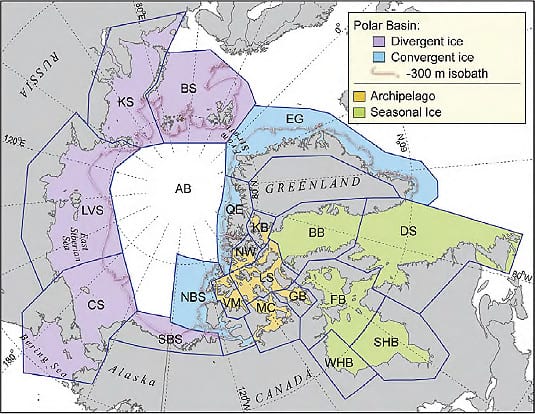
Polar bears are found in 19 subpopulations across the four polar ecoregions, including parts of Canada, Denmark (Greenland), Norway (Svalbard), Russia, and the United States (Alaska).
According to the IUCN Polar Bear Specialist Group‘s most recent report in 2021, the global wild polar bear population is estimated to be 26,000 (range 22,000 to 31,000). This population is divided into 19 distinct subpopulations across its circumpolar distribution.
In addition to this wild population, there are also about 300 polar bears in captivity around the world.
Global Conservation Status
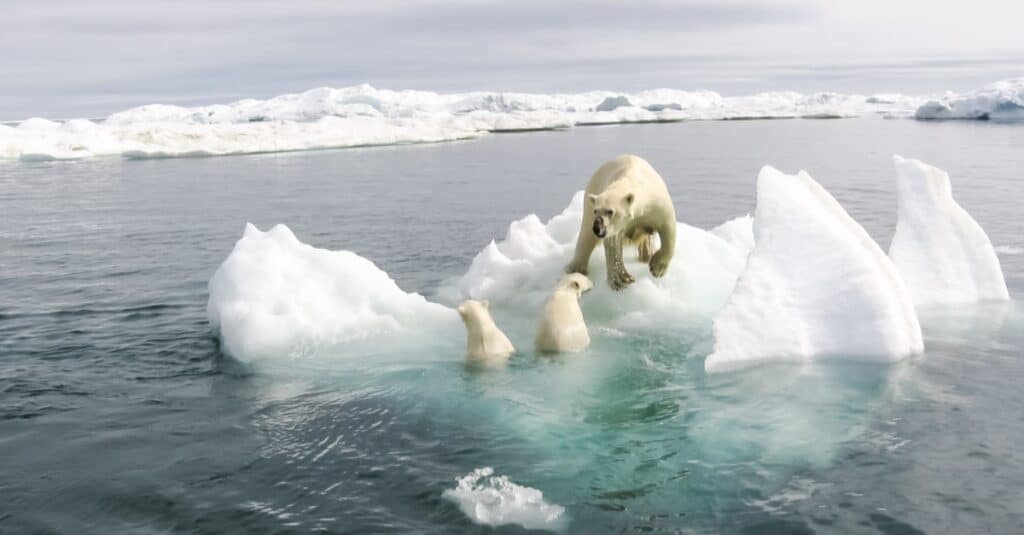
Because of their dependence on sea ice and marine ecosystems, polar bears are classified as marine mammals.
©iStock.com/avstraliavasin
The IUCN Red List currently lists the polar bear as Vulnerable on its extinction scale. This threatened status is just one level below Endangered. A Vulnerable status denotes that a species faces a high risk of extinction in the wild without intervention.
Conservation Status By Country
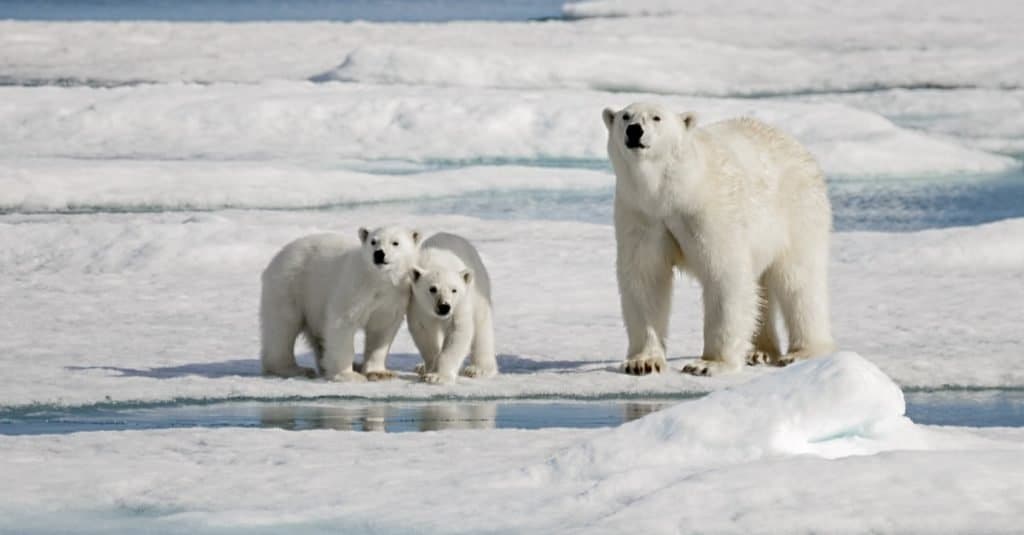
Polar bear mothers can have anywhere from 1 to 4 cubs in a single litter.
©Alexey Seafarer/Shutterstock.com
In addition to the global conservation listing, each of the five nations with polar bear populations signed a multilateral treaty in 1973 known as The Agreement on the Conservation of Polar Bears, which limits hunting and trade in polar bears and coordinates research and conservation efforts. The species also appears on national or regional conservation lists in each country as follows:
Canada: Special Concern (COSEWIC)
Denmark (Greenland): Vulnerable (IUCN European Red List)
Norway (Svalbard): Vulnerable (IUCN European Red List)
Russia: 3 subpopulations, listed as Category 3 (Rare), Category 4 (Indeterminate), and Category 5 (Recovering) (Red Data Book)
United States (Alaska): Threatened (Endangered Species Act)
Threats to Polar Bears
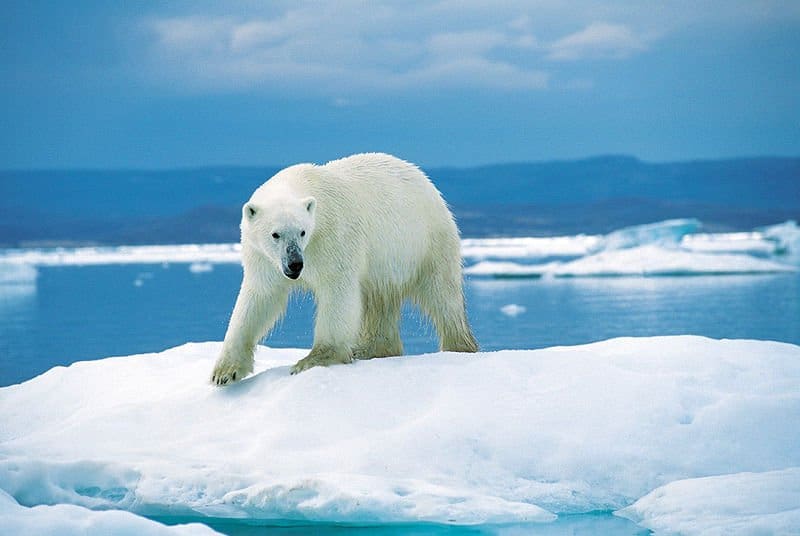
The polar bear’s life cycle depends on sea ice.
©Ansgar Walk / Creative Commons – Original
As reported by the IUCN Polar Bear Specialist Group, the loss of Arctic sea ice due to climate change poses the single biggest threat to polar bear populations worldwide. Because polar bears need sea ice for hunting, breeding, and traveling, its continued loss threatens the entire species with extinction in the wild.
In addition to this top threat of sea ice loss, polar bears face several other challenges. Other top conservation concerns include increased commercial activity (oil and gas development, mining, shipping, etc.); human conflicts; pollution; disease; inadequate habitat protection of denning sites; and overharvesting.
Conclusion
The global polar bear population is currently estimated to be about 26,000 in the wild and 300 in captivity. Polar bears are threatened species at both the global and national levels. The top threat contributing to their continued decline is the loss of sea ice due to climate change.
Thank you for reading! Have some feedback for us? Contact the AZ Animals editorial team.





